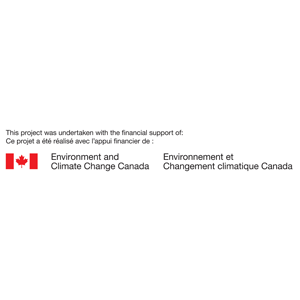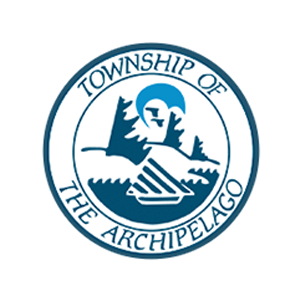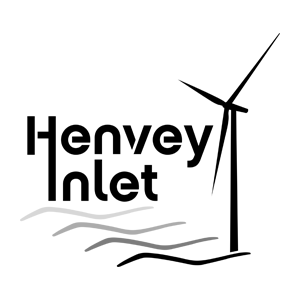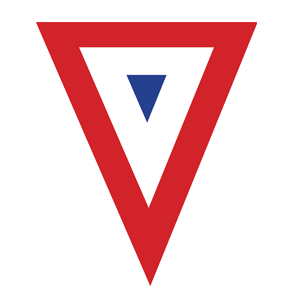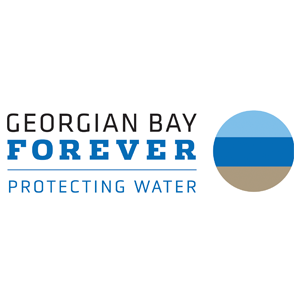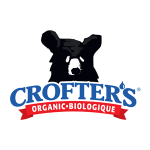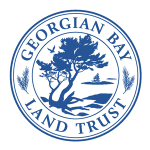As we continue to hear news stories about species extinctions and habitat loss around the world, it can be tempting to throw up our hands and claim that there’s no way any one individual can make a difference.
But that’s simply, and fortunately, not true. If you have access to, or care for, land that can grow plants, you can create an ecosystem that makes a meaningful difference.
It is as easy as growing native plants which welcome local insects.
Insects are one of the key building blocks in all ecosystems. They are essential for pollinating flowering plants, for pest control, weed control, and soil heath. They are also a critical component of bird and other animal diets.
Take the humble caterpillar (the larva, or early life stage, of a moth or butterfly). Caterpillars transfer more energy from plants to other animals than any other type of plant eater simply because they are food for a huge diversity of animals. They are the perfect meal for baby birds. Ninety-six percent of North American upland terrestrial birds rely on insects – primarily moth caterpillars – to provide their chicks with a soft, nutritious food.
This spring, if you live in North America, put up a chickadee nest box in your yard. If you are lucky, a pair of chickadees will move in and raise a family. While they are feeding their young, watch what the chickadees bring to the nest: mostly caterpillars. Both parents take turns feeding the chicks, enabling them to bring a caterpillar to the nest once every three minutes. And they do this from 6 a.m. until 8 p.m. for each of the 16 to 18 days it takes the chicks to fledge. That’s a total of 350 to 570 caterpillars every day, depending on how many chicks they have. So, an incredible 6,000 to 9,000 caterpillars are required to make one clutch of chickadees.
Doug Tallamy
Native bees and other insects, as well as the birds that feed on them, maintain ecosystems by pollinating more than 80% of all plants, 90% of all flowering plants, and nearly 75% of crops. Without these living transporters bringing pollen from flower to flower so those flowers can reproduce, about 75% of all native North American plants could go extinct. If flowering plants were to disappear, so would the oxygen they provide, the fruits they produce, the topsoil they hold together, most of our fruit crops, and so on in a ripple effect through the food web.

Which plants are best to attract native bees, caterpillars, and other pollinators?
The answer to this question lies in the eons-long evolutionary dance of plants and insects. If all insects could eat all plants, there would be virtually no plants left. Every plant species survives by producing chemical compounds that repulse insects harmful to it. On the other hand, every plant species also survives by producing chemical compounds that provide nourishment or that are tolerated by the specific insects that ultimately help pollinate (or provide other benefits to) that plant.
As a result of this evolutionary dance, 90% of insects that eat the plants in a certain ecozone (an area with a particular type of natural environment) can eat only one type of plant. The relationship between Monarch butterflies and milkweed plants is one example. Milkweed is unappealing to just about every insect but the Monarch butterfly. Monarch caterpillars feed on and metabolize the chemicals in milkweed. Monarch butterflies return the favour, as they are the milkweed plant’s main pollinator.
However, there are important exceptions to the one-to-one relationship between insects and plants. A small percentage of plant species in some ecosystems or ecozones can actually provide a relatively high percentage of the food and habitat needs for some or even many caterpillars and other insects. These unique powerhouse plants are known as “keystone species” after the name of the stone in the middle of an arch that holds the whole arch together. Without a keystone, an arch will fall. Without keystone species, the native insect species in our region, and local food webs, cannot thrive.
Do you want to create a green space that can make a difference to the planet and personally connect you to your ecozone? Here’s how to begin.
1. Make sure your garden has at least 70% native species. The best plants for your region are plants that welcome the insects in your area. These plants are called native plants. They share an evolutionary history and have specific relationships with the insects, animals, and plants in your region, as well as its specific soil, water, and climate. How will you know which are native species? Download the iNaturalist app to photograph, identify, and record the species on your site. Creating even a small list is a great project to complete with kids, family, and even neighbours!
2. Make keystone plants the majority of your native species. Some of Georgian Bay’s native keystone plants that could enliven your garden include asters, woodland sunflowers, black eyed Susan, wild rose, goldenrods, fleabane, blueberries, and raspberries. Keystone trees that attract insects and birds are a longer-term project: they include white oak, white birch, pussy willow, sugar maple, and bitternut hickory. View the Best for the Biosphere plant list for more ideas and plant information.
3. Plant fast-growing native trees that produce weak branches, such as birch, poplar, and willow. When the branches fall off to join the leaf litter on the ground, they become home to, and feed, insects and fungi. Local birds can feed on these insects and fungi. Just as importantly, the fungi begin the process of breaking the wood down into nutrients available to the roots of all the plants in the vicinity. Strong roots reduce soil erosion, and stable soils can support a wider range of plants.
4. Include native plants that are also good “cover” for birds. Cover is important habitat! A safe place within the branches of trees and shrubs is a great refuge for birds when pursued by a predator. They can also settle in to roost, sleep safely overnight, and make their nests in these spaces. Oak trees and conifer trees can provide good cover.
5. Avoid planting invasive plants, that is, non-native plants harmful to our health, environment, economy, and society. If invasive plants escape our care, they displace native species and disrupt food webs. Some invasive species to avoid in the Georgian Bay biosphere region include Oriental bittersweet, periwinkle, Asian bush honeysuckles, Himalayan balsam, lily of the valley, English ivy, multiflora rose, moneywort, scilla, Chinese silvergrass, white mulberry, and Norway maple. You can plant non-native plants that aren’t invasive, such as hydrangea, boxwood, hosta or ginkgo, without disrupting your food web. Just keep them to less than 30% of your landscape. Learn more from the Ontario Invasive Plant Council: www.ontarioinvasiveplants.ca
6. Cut down on light pollution. White night lights attract nocturnal insects, drawing them away from their essential role as pollinators, and in many cases causing death. They also attract birds and bats that don’t need to be there. If you want an outside light for security, a motion sensor-equipped yellow LED light is far less attractive to nocturnal species than a white bulb. It’s also more energy efficient.
7. Avoid pesticides. They kill a broad range of insects in their path, not just the ones you want to get rid of. They can also be toxic to birds and other animals.
8. Leave leaf litter where it falls. Many insects use leaf litter as a home and refuge during their life cycle. Leaf litter also cools the soil, discourages invasive weeds, and recycles the leaves’ nutrients.
9. Give up the mowing! Mown lawns do not attract pollinators. If you absolutely need a grass lawn, simply cut down on its footprint. Choose part of your lawn to go wild. You’ll spend less time mowing grass and more time enjoying the biodiversity in your yard!
Individual actions add up. If one person reading this blog decides to shrink their lawn, one adds a keystone plant, another turns off their outdoor lights, and another stops using pesticides, collectively these actions can play a very important role in enhancing local ecosystems. While it can at times be hard to see this cumulative effect, the animals with whom you share the environment will notice.
“Stan Rushmore, a Cherokee Elder said the western settler mindset was I have rights. The mindset of Indigenous peoples is, I have obligations. You’re not born with those mindsets, you’re taught them, and we have been very good at teaching this one. We’ve been terrible at teaching, both our kids and our peers, about their obligations to good stewardship.”
Doug Tallamy
Thanks to Master Gardener Cathy Kavassalis, whose input was invaluable, and to Doug Tallamy, author of Bringing Nature Home.
Helen Kohl is a retired journalist and writer who is lucky enough to live in the Georgian Bay Biosphere region.


